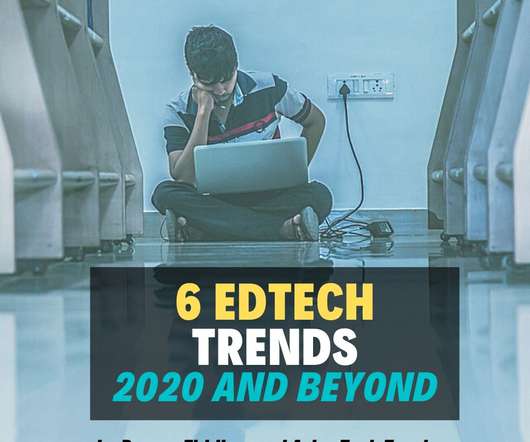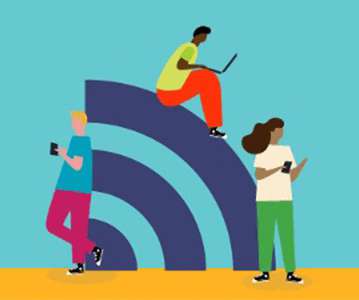Edtech Trends From 2020 And Beyond
Ask a Tech Teacher
JANUARY 18, 2021
So, in this article, I’m going to share my thoughts and experience about the technologies and solutions that reshape the educational industry and the way we learn in 2020 and beyond. However, due to the rapid spread of the coronavirus and the global lockdown, distance learning became vital in 2020. Video-Based Learning.


















Let's personalize your content